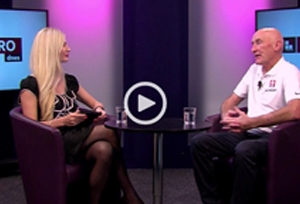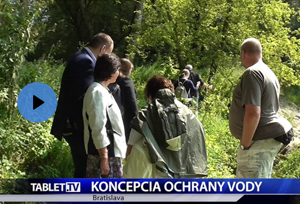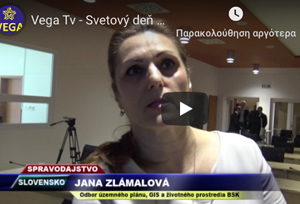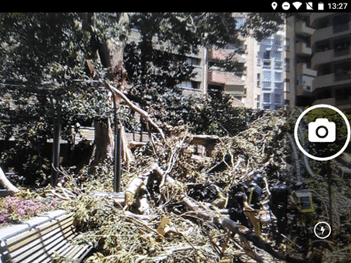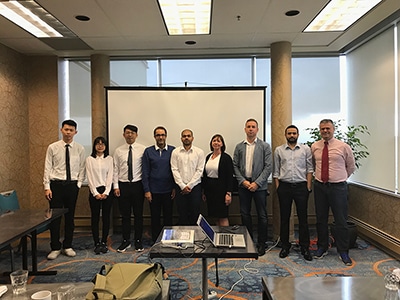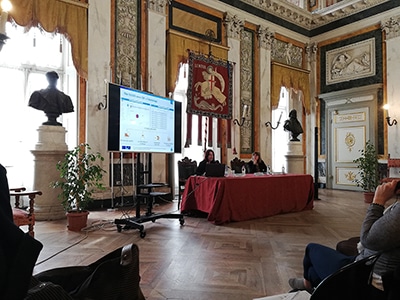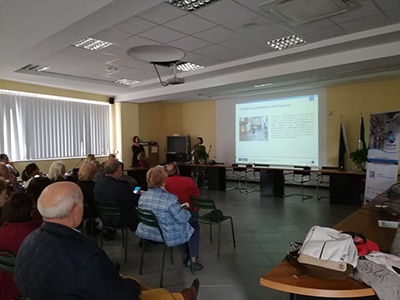The Municipal Civil Protection Service of Vila Nova de Famalicão was responsible for the implementation of pilot tests in Portugal, during this task the FLOOD-serv system was tested and verified.
In the first phase the team member´s training was provided by the technical teams; several videoconferences were carried out and technical guides were provided on the different components that integrate the FLOOD-serv system.
In the second training cycle, the tests were carried out by the internal team members and by stakeholders who collaborate with the Municipal Service in flood risk management, namely firefighters and security forces.
In the third cycle of tests, the main objective was the dissemination and involvement of the citizens in the project, being the third test cycle promoted through the placement of posters and flyers.
Many of the citizens who attended the training sessions are employees of Municipality, however, since they work in areas that are not related to flood risk management, so their role was identified as a citizen rather than a county employee.
You can find more activities and results from this Pilot at the following links:
Workshop in Famalicão
Opinião pública
O Povo Famalicense
Publications
Presentations

